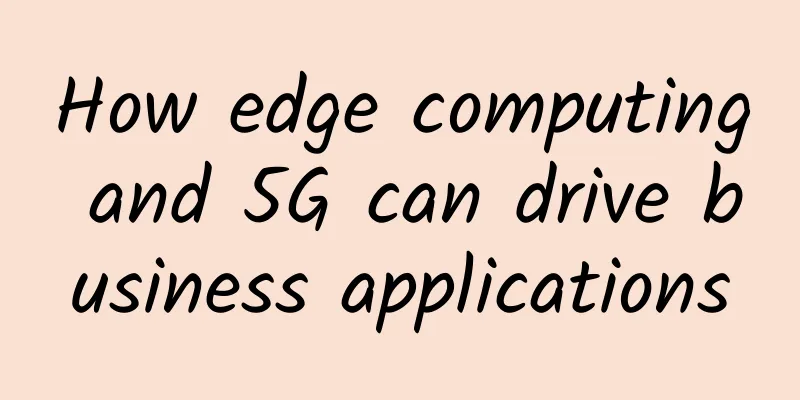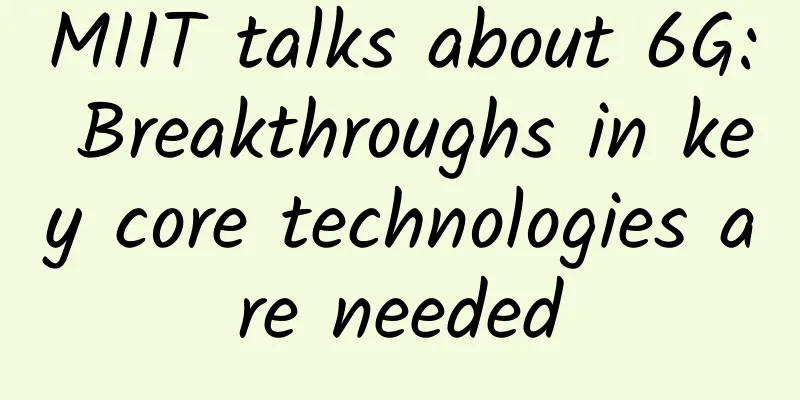How edge computing and 5G can drive business applications

|
Over the past decade, advances in cloud computing have led to a centralized approach to system operations and management, while the development of mobile computing, the Internet of Things (IoT), and SaaS have driven computing toward a distributed architecture. With the introduction of edge computing and 5G technologies, companies are now trying to take advantage of both approaches while improving application performance. The hype around edge and 5G tends to focus on innovation. Experts say cutting-edge applications such as driverless cars, virtual or augmented reality (VR/AR) and robotics are not limited to these applications and offer a wealth of opportunities for IT professionals.
• Real-time process optimization in production facilities. Data generated by smart connected equipment can not only dynamically adjust calibration settings, but also improve yields and reduce defects. • Condition-based monitoring – using IoT devices/sensors to check specific parameters on a machine to ensure it is functioning properly. • Businesses with capital-intensive assets in industries such as manufacturing and oil and gas, using edge and 5G for repair and maintenance. This includes AR/VR applications to guide technicians through repairs, using advanced analytics to help identify potential defects or products in need of maintenance, and drones to conduct visual inspections of bridges, buildings, or rail lines. • Surveillance video analytics, for example, using real-time processing to determine whether an individual entering a building is an employee or visitor and to ensure the employee’s identity. • Video analytics to provide real-time recommendations to law enforcement decision-makers during emergency situations. • Telemedicine applications in healthcare – using video and analytics when diagnosing patients, or for remote patient monitoring. |
<<: Implementing a simple TCP custom protocol based on Kotlin
>>: Amid COVID-19, have we neglected border security?
Recommend
CheapWindowsVPS: $4.5/month KVM-4GB/60GB/1Gbps unlimited traffic/7 data centers available
The last time I shared information about CheapWin...
LTE Triangulation for Indoor Asset Tracking
What is LTE? LTE stands for long-term evolution a...
I was shocked that P2P can be used for interactive live broadcasting
The "No-delay P2P" launched by Yunfan A...
UCloud Summer Big Offer: Kuaijie Cloud Server starts from 47 yuan/year, price guaranteed for Double 11
UCloud has recently launched a global cloud servi...
Several issues that companies need to consider in advance when planning edge computing
In IoT applications, data processing, analysis, a...
Friendhosting virtual host/VPS 25% off, 11 data centers VPS half-year payment from 12 euros
Friendhosting has launched an International Teste...
[Black Friday] edgeNAT: 20% off for monthly VPS and 30% off for annual VPS, top up 500 yuan and get 100 yuan free
edgeNAT is a Chinese hosting company established ...
How to comprehensively and objectively evaluate the quality of 5G networks? This is the correct approach
As 5G commercialization continues to advance, the...
What are the six components of structured cabling?
The six major components of structured cabling ar...
The world's first home 10G modem was successfully tested: download and upload speeds exceeded 4 Gigabit!
Comcast, an American telecommunications service p...
Why IoT needs machine learning to thrive
There has been a lot of discussion about the oppo...
It is urgent for operators to improve network operation and maintenance
Communication networks are the underlying infrast...
Operational data of the three major operators in May: 5G has a unique outlook
Now in the motherland, more than 10,000 5G base s...
Low-power wide-area network LPWAN: Can different factions of technology coexist?
The Internet of Things is considered to be the th...
SpartanHost Seattle VPS restock, $8/month-2GB/30G NVMe/3TB/10Gbps bandwidth
SpartanHost has updated its inventory again. Some...









